4-Diethylaminobenzaldehyde
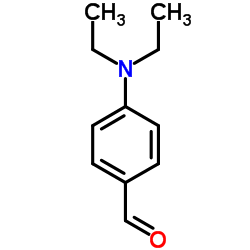
4-Diethylaminobenzaldehyde structure
|
Common Name | 4-Diethylaminobenzaldehyde | ||
|---|---|---|---|---|
| CAS Number | 120-21-8 | Molecular Weight | 177.243 | |
| Density | 1.0±0.1 g/cm3 | Boiling Point | 329.6±0.0 °C at 760 mmHg | |
| Molecular Formula | C11H15NO | Melting Point | 37-41 °C(lit.) | |
| MSDS | Chinese USA | Flash Point | 110.2±12.0 °C | |
| Symbol |

GHS07 |
Signal Word | Warning | |
Use of 4-Diethylaminobenzaldehyde4-Diethylaminobenzaldehyde is a reversible aldehyde dehydrogenases (ALDHs) inhibitor, with a Ki of 4 nM for ALDH1. 4-Diethylaminobenzaldehyde displays potent anti-androgenic effect (IC50= 1.71μM)[1][2]. |
| Name | 4-(diethylamino)benzaldehyde |
|---|---|
| Synonym | More Synonyms |
| Description | 4-Diethylaminobenzaldehyde is a reversible aldehyde dehydrogenases (ALDHs) inhibitor, with a Ki of 4 nM for ALDH1. 4-Diethylaminobenzaldehyde displays potent anti-androgenic effect (IC50= 1.71μM)[1][2]. |
|---|---|
| Related Catalog | |
| In Vitro | 4-Diethylaminobenzaldehyde (DEAB) is reversible competitive inhibitor of ALDH1 (competitive with the aldehyde substrate) with a Ki value of 4 nM, and irreversibly inactivates ALDH7A1 via formation of a stable, covalent acyl-enzyme species[1]. The Temozolomide (TMZ)-resistant cell line LN18 is treated with a combination of TMZ and 4-Diethylaminobenzaldehyde for 10 days. As indicated by colony formation assay, the clonogenic capacity of LN18 cells exposed to TMZ in combination with 4-Diethylaminobenzaldehyde (DEAB) is significantly attenuated[3]. |
| References |
| Density | 1.0±0.1 g/cm3 |
|---|---|
| Boiling Point | 329.6±0.0 °C at 760 mmHg |
| Melting Point | 37-41 °C(lit.) |
| Molecular Formula | C11H15NO |
| Molecular Weight | 177.243 |
| Flash Point | 110.2±12.0 °C |
| Exact Mass | 177.115356 |
| PSA | 20.31000 |
| LogP | 2.87 |
| Vapour Pressure | 0.0±0.7 mmHg at 25°C |
| Index of Refraction | 1.571 |
| Water Solubility | insoluble |
| Symbol |

GHS07 |
|---|---|
| Signal Word | Warning |
| Hazard Statements | H312-H315-H319-H335 |
| Precautionary Statements | P280-P305 + P351 + P338 |
| Personal Protective Equipment | dust mask type N95 (US);Eyeshields;Faceshields;Gloves |
| Hazard Codes | Xn:Harmful;N:Dangerousfortheenvironment; |
| Risk Phrases | R21/22;R50/53 |
| Safety Phrases | S26-S36-S61-S60-S36/37 |
| RIDADR | NONH for all modes of transport |
| WGK Germany | 2 |
| RTECS | CU5612850 |
| HS Code | 2922399090 |
| Precursor 10 | |
|---|---|
| DownStream 10 | |
| HS Code | 2922399090 |
|---|---|
| Summary | 2922399090 other amino-aldehydes, amino-ketones and amino-quinones, other than those containing more than one kind of oxygen function; salts thereof VAT:17.0% Tax rebate rate:9.0% Supervision conditions:none MFN tariff:6.5% General tariff:30.0% |
|
Formation of spherical cancer stem-like cell colonies with resistance to chemotherapy drugs in the human malignant fibrous histiocytoma NMFH-1 cell line.
Oncol. Lett. 10 , 3323-3331, (2016) Various human cancers have been revealed to contain cancer stem-like cells (CSCs) and the spherical colonies that possess stem-like properties and cancer-initiating abilities. Malignant fibrous histio... |
|
|
Effective Two-Photon Excited Photodynamic Therapy of Xenograft Tumors Sensitized by Water-Soluble Bis(arylidene)cycloalkanone Photosensitizers.
J. Med. Chem. 58 , 7949-58, (2015) A series of bis(arylidene)cycloalkanone photosensitizers modified by polyethylene glycol (PEG) have been studied for two-photon excited photodynamic therapy (2PE-PDT). As compared with their prototype... |
|
|
The transcriptional coactivator Taz regulates proximodistal patterning of the pronephric tubule in zebrafish.
Mech. Dev. 138 Pt 3 , 328-35, (2015) The zebrafish pronephric tubule consists of proximal and distal segments and a collecting duct. The proximal segment is subdivided into the neck, proximal convoluted tubule (PCT) and proximal straight... |
| Benzaldehyde, 4-(diethylamino)- |
| MFCD00003382 |
| 4-Diethylaminobenzaldehyde |
| 4-Diethylaminobenzoaldehyde |
| 4-(Diethylamino)benzaldehyde |
| EINECS 204-377-4 |
| p-(Diethylamino)benzaldehyde |
| 4-(Diethylamino)-Benzaldehyde |
| Benzaldehyde, p-(diethylamino)- |
 CAS#:91-66-7
CAS#:91-66-7 CAS#:149-73-5
CAS#:149-73-5 CAS#:74974-49-5
CAS#:74974-49-5 CAS#:56542-00-8
CAS#:56542-00-8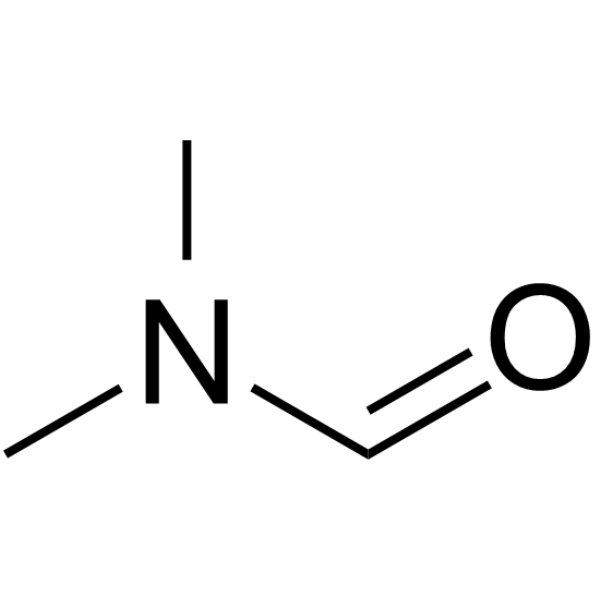 CAS#:68-12-2
CAS#:68-12-2 CAS#:459-57-4
CAS#:459-57-4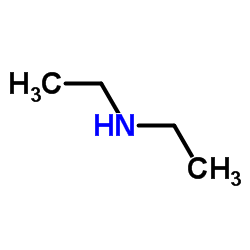 CAS#:109-89-7
CAS#:109-89-7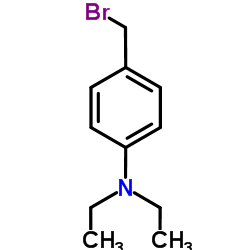 CAS#:1054451-35-2
CAS#:1054451-35-2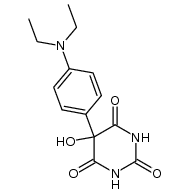 CAS#:149796-22-5
CAS#:149796-22-5![N-[4-(diethylamino)benzylidene]-4-(dimethylamino)aniline Structure](https://image.chemsrc.com/caspic/010/82529-61-1.png) CAS#:82529-61-1
CAS#:82529-61-1 CAS#:5429-28-7
CAS#:5429-28-7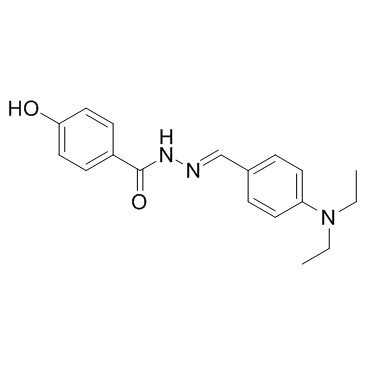 CAS#:95167-41-2
CAS#:95167-41-2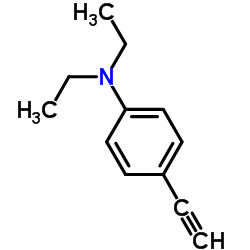 CAS#:41876-70-4
CAS#:41876-70-4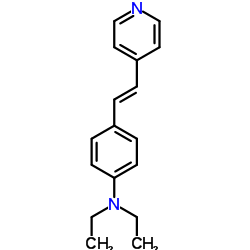 CAS#:18096-82-7
CAS#:18096-82-7 CAS#:1027096-77-0
CAS#:1027096-77-0 CAS#:2004-14-0
CAS#:2004-14-0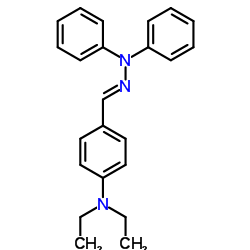 CAS#:68189-23-1
CAS#:68189-23-1![methyl 2-cyano-3-[4-(diethylamino)phenyl]prop-2-enoate structure](https://image.chemsrc.com/caspic/190/100957-69-5.png) CAS#:100957-69-5
CAS#:100957-69-5![5-[(4-dimethylaminophenyl)methylidene]imidazolidine-2,4-dione structure](https://image.chemsrc.com/caspic/448/10040-87-6.png) CAS#:10040-87-6
CAS#:10040-87-6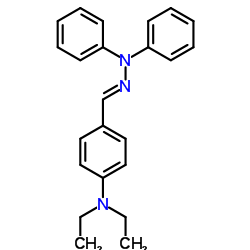 CAS#:125948-64-3
CAS#:125948-64-3
